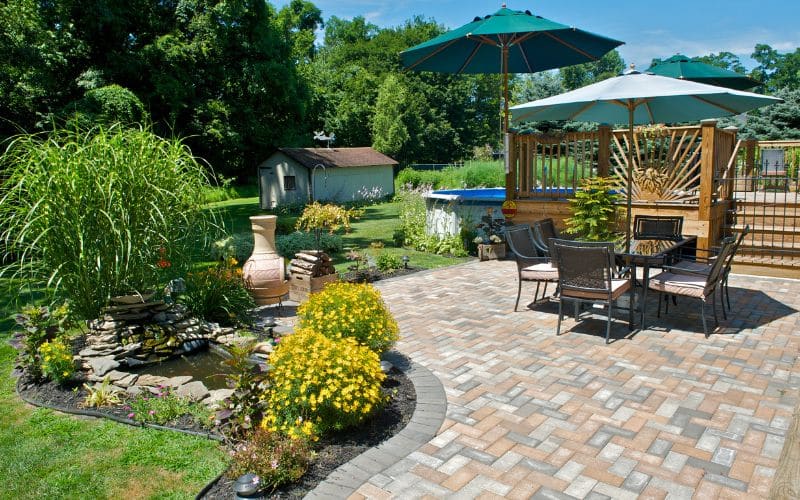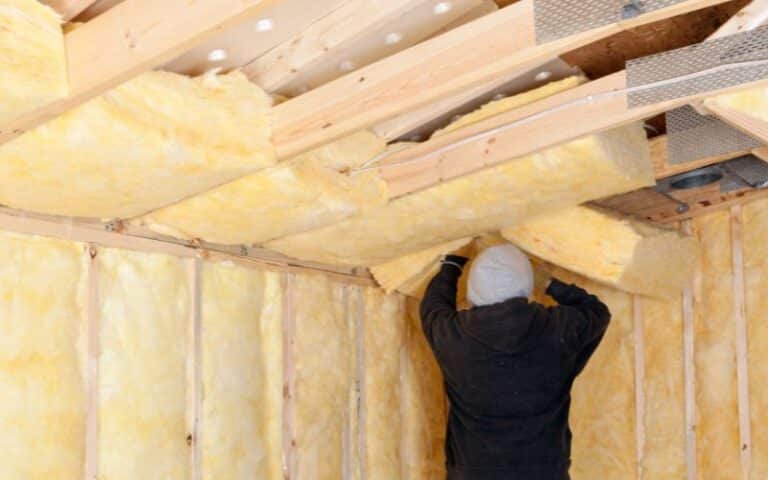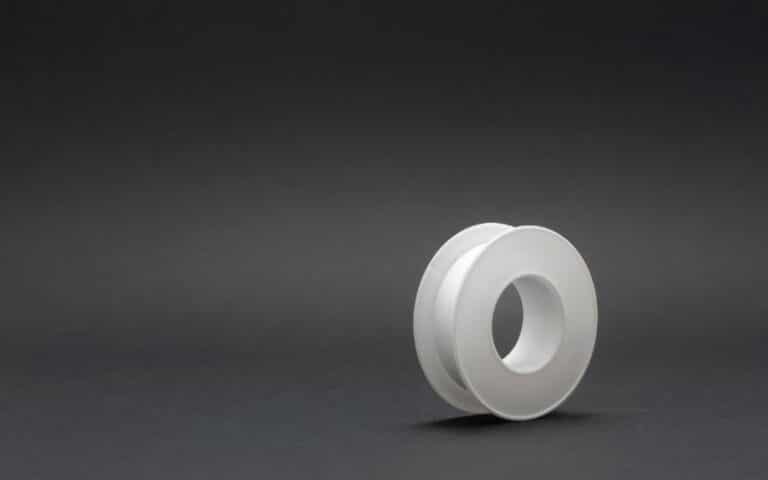In construction, details are important. These details contribute to the finishing of your construction.
The finishing does not only add to the aesthetics of your home, but they also ensure safety.
One important detail you should observe is the distance between your siding and the patio.
There are recommended standards in this regard. It would be best if you knew the code clearance and adhered to it.
The minimal code clearance between your siding and a patio varies. This variation is dependent on the siding material. On average, most siding material would require a distance between six-eight inches wide. The code clearance between your siding and the patio prevents the elements from destroying the siding material.
This article will explain the code clearance distance between a siding and a patio. I will also highlight what gap is too much between your siding and patio.
At the end of this article, you will be able to identify the acceptable distance between a siding and a patio.
Ready for a Roofing Quiz?
What Is the Recommended Clearance Between Siding and Patio?

The recommended clearance between the siding and the patio varies. This variation depends on the material used to make the siding.
Here are some common siding materials and the recommended space between the siding and the patio.
#1. Wood Siding
Wood siding needs at least eight inches of space between the siding and the patio. This distance is the longest when compared to other siding materials.
This code clearance of about eight inches is important because of the peculiarities of the wood siding.
Aside from being cheap and easy to install, the wood siding damages easily.
Several forces attack the wood siding. Wetness and termites are among the commonest elements that damage wood siding.
A distance of eight inches ensures an adequate space between the lower border of the wood siding and the dirt.
Common wood materials used as siding are pine and cedar. These materials are easily destroyed by wetness.
When a wood siding becomes wet, the paint falls off, and the wood begins to swell.
The closer your wood siding is to the ground, the more water it will absorb during the wet seasons.
#2. Metal Siding
The code clearance for metal siding is within six to eight inches wide. The siding-to-patio distance for metal siding can fall within this range of figures.
Metals are among the most durable siding materials for your construction needs. Despite this fact, metals still need adequate protection from water and other elements.
The code clearance space of six to eight inches between the lower border of the siding is just enough to preserve it.
When metal siding gets affected by wetness, they begin to rust. Once rust accumulates on your metal siding, you must replace or maintain them.
A common maintenance routine you can apply on metal siding is painting or spraying the siding.
In the case of metal siding, the commonest element that can destroy the lower border of the siding is water.
#3. Vinyl Siding
Vinyl siding is a resistant material. Hence, it can withstand water. The code clearance between your vinyl siding and the patio should be at least six inches.
Water is not the only problem; insects may also attack the vinyl siding. This siding is durable and can last for a very long time.
Popular vinyl siding is the Azek siding. With this siding, you can have a code clearance of fewer than six inches.
Whatever code clearance you choose for vinyl siding, it should not be less than three inches wide.
#4. Cement Fiber Siding
You should leave your cement fiber setting at a distance of at least six inches from your patio.
Despite being very durable, the cement fiber siding is highly susceptible to water absorption.
A common brand of cement fiber siding is the Hardie board. When installing a Hardie board, leaving at least a six-inch distance would be nice.
The table below summarizes the minimum code clearance between your siding and the patio.
| Siding material | Recommended Space |
|---|---|
| Vinyl | Less than 6 inches up to 8 inches |
| Wood siding | 6 to 8 inches |
| Metal siding | 6 to 8 inches |
| Cement fiber siding | 6 to 8 inches |
Should Your Siding Touch Concrete?
Ideally, your siding should not come in contact with the concrete. You should maintain this distance because contact with concrete might mean more wetness.
There should be a distance of at least six inches between the lower border of your siding and that of the floor’s concrete.
Although there are a variety of sidings to choose from, each has a different level of interaction with wetness.
The most significant challenge with having your siding come in contact with the concrete is the wetness.
Water would accumulate on the concrete and damage the lower border of the siding.
These damages would remain at the lower borders and may move up to other sidings.
The least tolerant siding material when it comes to wetness is wood siding. On the other hand, the most tolerant siding material with water is metal siding.
When your siding comes in contact with the concrete, there may be a need to replace the wood often. When you leave an appropriate gap, the siding will last longer.
When you properly maintain your wood siding, it may last for up to 40 years. Routine maintenance includes painting and the application of sealants.
A long-term maintenance practice applies a gap between the concrete and the siding. This technique can increase the durability of your siding.
Is the Gap Between Your Siding and Patio Too Much?
There cannot be too much gap between your siding and the patio. The space you leave depends on how you want your building to look.
Ideally, the space between the lower border of your siding and the patio should not be more than 8 inches wide.
An eight-inch wide space would be enough to protect the siding from the elements.
Although, the gap between the siding and the patio can affect the aesthetics of your building.
How to Seal the Gap Between Siding and Concrete?
By following these few steps, you can seal the gap between your siding and concrete:
- Remove every dirt between the borders of the siding and the concrete. You can use a brush to remove all the dirt within the gaps.
- Using a backer rod to cover up all large gaps would be best. You should ensure that the backer gun tightly fits all gaps without any holes left.
- Apply a sealant using a caulk gun. The sealant ensures that the backer rod remains in place.
It is important to seal up gaps between siding and concrete. Gaps will allow insects to get into your house through the siding.
Aside from insects, these gaps will provide adequate openings for wind and dust to accumulate in your house.
FAQs
#1. Would My Siding Material Affect the Code Clearance?
Of course, your siding material would significantly affect the code clearance — the more fragile the siding material, the greater the distance from the ground.
#2. Are There Other Alternative Sealants to Cover Siding Holes?
You can have other alternatives, but remember that the sealant is the best option. You can use masking tape to seal off those gaps.
Final Thoughts
There should be a gap between your siding and the patio. The recommended distance should be at least six inches wide.
Your siding should not touch the concrete. This gap ensures that the siding material does not come in contact with water or other elements that may damage it.
You can use a backer’s rod to seal the gaps between the siding and the concrete. This technique keeps insects and dust away.






